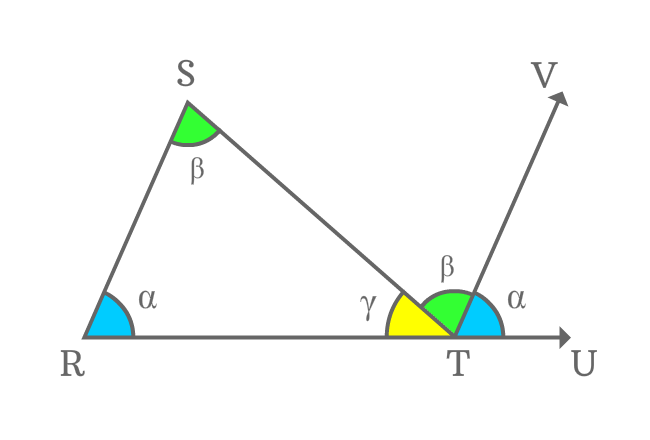Right-sizing and Right-shaping your goals
The Accomplishment Triad is a helpful tool for understanding how to create success. At the start of a project, this model can be used to guide what you need to muster to get things done:
What do I need more of — courage, effort, or skill?
At the end of a project, it’s a great way to evaluate what created your success and help you feel your achievements, not your mistakes.
But what about that pesky middle?
Expanding the Accomplishment Triad
I recently had the opportunity to explore the accomplishment triad further with its inventor, Cristina Roman, in a group coaching call she set up with graduates from her Half-finished to done, LIVE program. I’ve been thinking ever since about how to take this concept further. Through several recent conversations with the amazing people I’ve been coaching, I’ve noticed an interesting pattern.
The most prominent recurring theme is around how much courage, effort, or skill is required for getting things done (and feeling good about it). In an ideal world, we’d have all three in abundance. We live in this one however, and often find ourselves lacking in one or more areas.
Therefore, the challenge sometimes becomes, “What is the least amount of [whatever I’m l struggling with right now] to get me over the line?”
This can be looked at three ways; one or more may apply to your current challenge:
What is the minimum courage I need to muster?
What is the least amount of time and energy required, ie, effort?
What are the necessary skills to call it ‘good enough’?
Getting it over the line
I’ve never been a math fan, but I did take to geometry. I loved the neatness of shapes and the logic of theorems.
One of the concepts that has forever stuck with me was about how the interior angles of any triangle always added up to 180º. This was like magic to me.
Basically, take a triangle of any shape whatsoever and chop off the three corners. If you stick the points of the corners together and make the side edges touch each other, you end up with a straight line (180º).
When we apply this concept to the Accomplishment Triad, we see that ANY amount of Courage, Effort, and Skill adds up to 180º. That is, it gets us over the line. For the sake of this metaphor, let’s call it a bar.
The questions then become these:
How high is the bar we’re aiming to clear = amount of accomplishment?
What’s the shape of this thing = how many degrees of courage, effort, and skill are required?
Let’s look at some examples.
If we were to approach a big goal that required equal parts courage, effort, and skill — perhaps launching a product — your accomplishment triangle might be moderately sized, and shaped like this:
An equilateral Accomplishment Triangle
60 degreees of courage + 60 degrees of effort + 60 degrees of skill = 180 degrees and you’re over the line!
Below are some other Accomplishment Triangles. In the first example on the left, imagine we’re writing a story. During the writing process, the courage this requires at first is perhaps less than the effort and skill needed to follow through. I’ve not shown this visually, but imagine how the shape shifts as you get ready to share that story with others — that’s when courage may come into greater play. Things change and that’s ok!
In the second example, 90 degrees of skill are required, but only 45 degrees each of effort and courage. This may be akin to an accomplishment such as learning to drive a car. Yes, you must put the training hours in and it is certainly a bit scary to get out on the road, but the bulk of the accomplishment is gaining the skills required to successfully navigate the roads.
One thing you may notice so far is that there are no hard and fast rules here. Yes, the basic concept stays the same, but size and shape of your particular challenge may vary based on your perception, past experiences and changing circumstances. The key here is accepting and adapting to this.
Three questions as you set out to feel accomplished
As you work toward your goals, ask yourself the following questions:
How big is this goal to me? This will determine the size of the triangle = how much overall courage, effort, and skill will need to go into this. Getting it right-sized helps us keep and maintain perspective.
What is the general shape of this goal? This will tell you about the amounts of courage, effort, and skill that are typically required. For example, risky or public-facing achievements generally require larger amounts of courage. Technical achievements are typically skill-based. Physical goals, such as running a marathon, may lean more heavily on putting effort in above all else.
What kind of shape am I currently in, relative to this goal? This will help you understand the relationship between what is typically required for the goal versus where you’re currently at. Do you need more courage, effort, or skill for this? It’s this meta-goal that shows you where your specific work is. And where you’re going to grow to achieve it.
If you have questions about right-sizing and right-shaping your accomplishments, let’s talk! All angles welcome.




